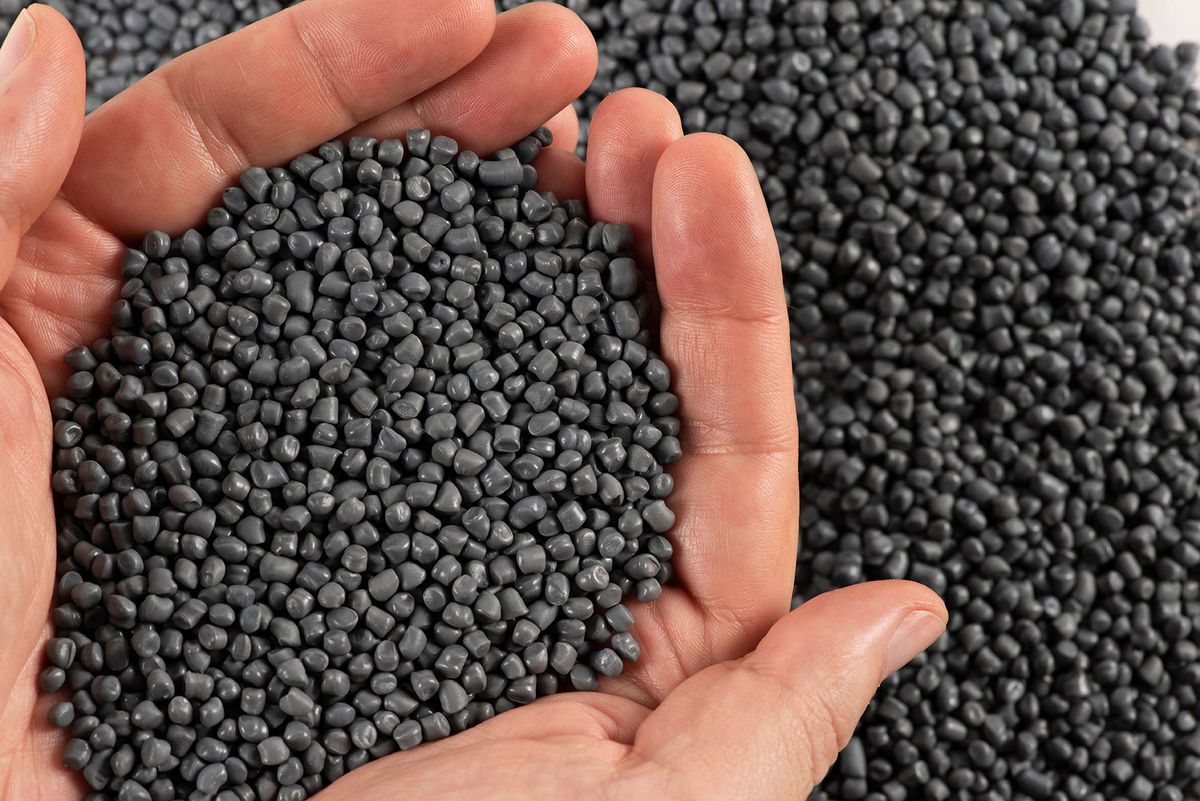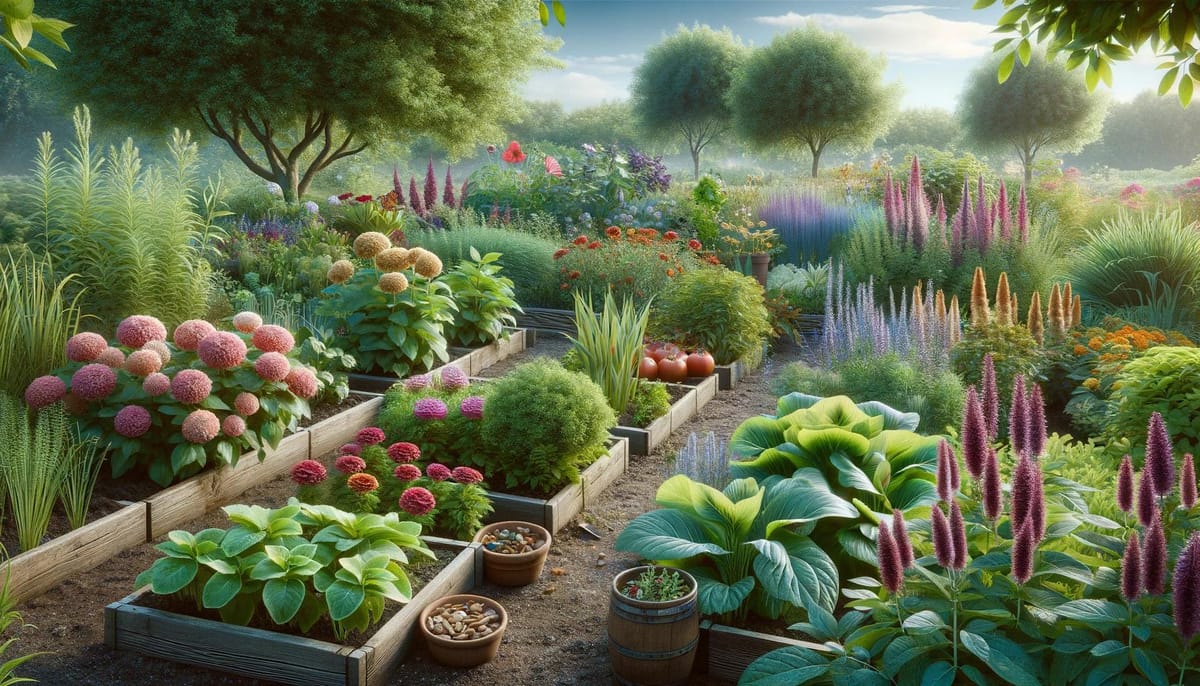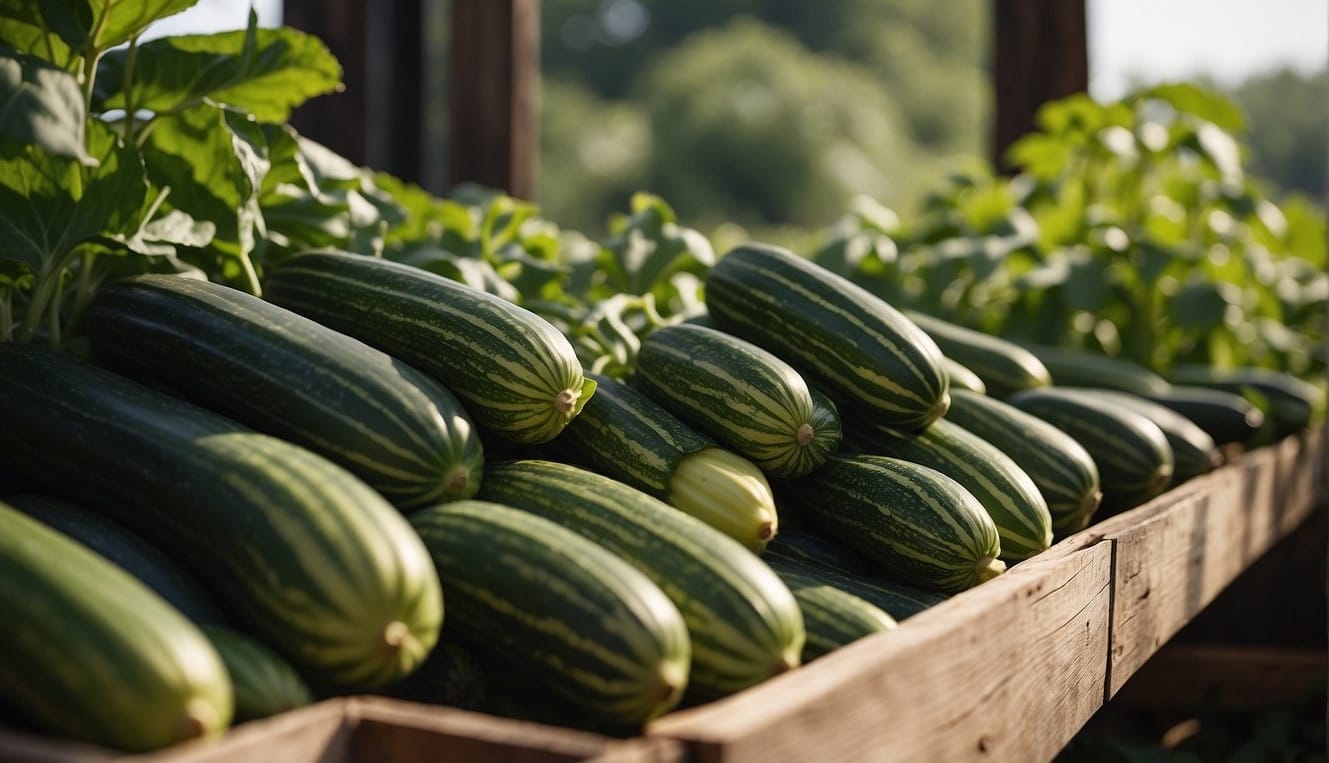How to Grow Zucchini
Growing zucchini is a rewarding endeavor for both novice and experienced gardeners.

Zucchini is a versatile summer squash that many gardeners enjoy growing. With just a bit of planning and care, you can easily incorporate this nutritious vegetable into your garden.
To ensure success, start by selecting a sunny spot. Zucchini thrives in well-drained soil with plenty of sunlight. It's also important to space your plants properly to avoid overcrowding, which can lead to poor growth and disease.
Understanding the needs of zucchini is key to a bountiful harvest.
These plants require consistent watering and may benefit from the use of mulch to retain soil moisture and regulate temperature.
As your zucchini plants grow, they will need support to handle the weight of their fruit. Regular monitoring will help identify any pests or diseases early, allowing for quick action to protect your crop.
When the time comes, harvesting your zucchini at the right size will ensure the best flavor and texture, while also encouraging further production from the plant.

Key Takeaways
- Zucchini requires a sunny location with well-drained soil and ample space between plants.
- Consistent care, including proper watering and monitoring for pests, is essential.
- Harvest zucchini at the appropriate size for optimal flavor and continued plant yield.
Planning Your Zucchini Garden
Effective planning ensures your zucchini plants thrive, focusing on location, sunlight, soil, and variety selection.
Choosing the Right Location
Your zucchini garden's success begins with choosing an optimal location.
Zucchini requires full sun, meaning at least 6 to 8 hours of direct sunlight daily. Avoid places overshadowed by trees or buildings to prevent shading your plants.
It’s also beneficial to select a spot with good air circulation to minimize the risk of fungal diseases, which can be prevalent in stagnant, humid conditions.
Understanding Sunlight and Soil Requirements
Zucchini plants flourish in full sun and nutrient-rich, well-draining soil. Ideal soil has a slightly acidic to neutral pH, between 5.8 and 6.8.

To ensure the soil is fertile and well-draining, mix in plenty of organic matter such as compost or well-rotted manure before planting.
Remember, the soil should be warm, around 65-95°F, as cold soil can stunt plant growth.
Selecting Zucchini Varieties
There's a wide array of zucchini and summer squash varieties to choose from, each with distinct characteristics:
- ‘Black Beauty’: A classic dark-green variety that produces high yields.
- ‘Cocozelle’: Italian heirloom with a distinctive striped pattern.
- ‘Gold Rush’: Bears golden-yellow fruits and adds color to your garden.
Select varieties that are known to grow well in your climate and consider the space each plant will need. Some varieties may spread more than others and require more room.
To extend the harvesting season, you could plant fast-maturing varieties alongside ones that take longer to produce fruit.
Preparing the Garden Bed
Before planting zucchini in your raised garden bed, it's critical to create an optimal growing environment by preparing the soil, enriching it with compost and fertilizer, and planning your planting layout for proper spacing.

Soil Preparation
Your zucchini bed requires well-drained soil with a pH range of approximately 6.0 to 7.5.
Start by loosening the soil to a depth of 8 to 10 inches using a garden fork or tiller, which will help improve drainage and aeration.
Test the soil pH; if your levels are too acidic, incorporate lime into the soil. Conversely, if the soil is too alkaline, applying sulfur can help balance it.
Composting and Fertilization
Zucchini plants are heavy feeders, so enrich your bed with a 2 to 4-inch layer of compost or well-rotted manure.
Compost provides essential nutrients and improves soil structure, helping with water retention and root development.
For additional nutrient support, mix a balanced fertilizer into the top layer of soil; a 10-10-10 (NPK) formula works well for zucchinis.

Planting Layout and Spacing
Plant your zucchini in rows, allowing for adequate space between plants to promote healthy growth and air circulation.
- Spacing: Plant seeds or seedlings 24 to 36 inches apart.
- Rows: Space rows about 3 to 4 feet apart to give the zucchini room to sprawl.
Careful attention to plant spacing prevents overcrowding and reduces the risk of disease.
Planting Your Zucchini
Starting your zucchini plants correctly sets the foundation for a bountiful harvest. Choose a well-draining, nutrient-rich location and ensure the threat of frost has passed to maximize success.
Sowing Seeds Directly
Soil Temperature: Ensure your soil has warmed to at least 65-70 degrees Fahrenheit before planting zucchini seeds to aid in germination.
- Depth: Plant seeds 1/2 inch deep.
- Spacing: Space seeds 24 to 36 inches apart in rows.
- Watering: Keep the soil consistently moist but not waterlogged.

Transplanting Seedlings
When to Transplant: Start your seedlings indoors 4-6 weeks before the last expected frost. Transplant outdoors when soil temperature is above 65 degrees Fahrenheit.
- Hole Preparation: Dig a hole large enough to accommodate the root ball.
- Positioning: Set the seedling in the hole without covering the stem's base.
- Soil Contact: Ensure good soil to root contact by firming the soil around the base.
Protecting from Frost
Awareness: Be aware of the local frost dates and monitor weather forecasts regularly.
- Covering: Use cloches or frost blankets to protect young plants if an unexpected frost threatens.
- Heating: Employ temporary heat sources, like hot water bottles, during cold nights if necessary.
Caring for Zucchini Plants
Consistent attention to watering, mulching, and pest management is vital to nurturing healthy zucchini plants and ensuring a bountiful harvest.
Watering Techniques
You should provide zucchini plants with one inch of water per week.

It's best to water deeply and less frequently to encourage root growth. Early morning watering is ideal to reduce evaporation and give the foliage time to dry, diminishing the risk of fungal diseases.
Always aim to water at the base of the plant to avoid wetting the leaves.
Mulching and Weed Control
Applying a generous layer of organic mulch around your zucchini plants will help retain soil moisture and suppress weeds.
Use materials such as straw or wood chips for mulch. Mulching also provides the additional benefit of regulating soil temperature.
Keep the mulch a few inches away from plant stems to prevent rot.
Managing Pests and Diseases
To protect zucchini plants from pests like cucumber beetles and squash vine borers, consider using row covers to create a physical barrier.
Inspect plants regularly for signs of pests and remove them by hand if possible. For diseases, ensure proper plant spacing for air circulation and practice crop rotation.
If you notice signs of infection, treat with appropriate fungicides, but make sure to follow the label instructions for application.

Optimizing Growth
To ensure a bountiful harvest, focusing on efficient pollination, a consistent fertilization schedule, and proper support structures is critical.
Pollination Process
Understanding the zucchini pollination process is key to fruit production.
Zucchini plants have both male and female flowers, usually with more males appearing first. Bees and other pollinators are essential for transferring pollen from male to female blossoms.
You can also hand-pollinate by transferring pollen with a small brush or cotton swab if pollinator activity is low.
Fertilization Schedule
Zucchini plants are heavy feeders and require regular fertilization to thrive.
Begin by fertilizing the soil with a balanced fertilizer at planting time.
Once the plants are established, fertilize every 4 weeks with a nitrogen-rich formula. When flowers appear, switch to a phosphorus-rich fertilizer to encourage fruiting.
- Starter Fertilizer: N-P-K (Nitrogen-Phosphorus-Potassium) Ratio - 10-10-10
- Vegetative Growth Stage: N-P-K Ratio - 20-10-10
- Flowering Stage: N-P-K Ratio - 5-10-10
Supporting Structures
Due to their vining nature, zucchini plants can benefit from support structures, especially in limited spaces.
A trellis or similar support keeps fruits off the ground, promoting air circulation and reducing the risk of pests and diseases.
Secure the vines gently to the support with ties, ensuring you don't restrict growth. Check the structures regularly to accommodate the fast-growing zucchini plants.
Harvesting and Storing Zucchini

When zucchini reaches the right size and maturity, it's time to harvest and store your crop to maintain its quality and flavor.
Identifying Harvest Time
You should harvest your zucchini when the fruit is tender and has attained a size of about 6 to 8 inches (15-20 cm) in length.
This size is optimal both for flavor and texture, and it's an indication that the zucchini is at peak maturity. Overgrown zucchini may have hard seeds and a tough rind.
Picking and Handling Techniques
Use a sharp knife or pruning shears to cut the zucchini from the plant, leaving about 1 to 2 inches of stem.
Be gentle when handling the fruit to avoid bruising. It's important to harvest frequently, as this encourages the plant to produce more fruit.
Preservation and Storage
For storing, keep zucchini in a plastic or paper bag with one end open to promote air circulation.
Place them in your refrigerator's crisper drawer where they can stay fresh for up to 10 days.
If you have a surplus, zucchini can also be sliced and frozen for longer preservation. Blanching slices prior to freezing can help maintain their texture and flavor.
Frequently Asked Questions
What is the optimal method for planting zucchini seeds?
To plant zucchini seeds, choose a sunny spot and sow seeds directly into warm soil, ideally when temperatures range between 65-95°F (18.3-35°C).
Plant the seeds about an inch deep, in groups of two or three, and space mounds 3-4 feet apart to accommodate their growth.
Can zucchini be grown effectively in containers, and if so, how?
Yes, zucchini can thrive in containers.
Select a pot that's at least 12 inches deep and equally wide. Ensure it has ample drainage and use a nutrient-rich potting mix.
Regular watering is critical since container soil dries out faster than ground soil.
What are the best practices for cultivating zucchini plants in raised garden beds?
In raised beds, ensure the soil is well-draining and rich in organic matter.
Plant seeds or seedlings with plenty of space between them for air circulation, and maintain consistent moisture.
Raised beds warm faster, so monitor the temperature to prevent overheating.
What are common issues faced when growing zucchini and how can they be mitigated?
Common issues include powdery mildew, pests like squash bugs, and inadequate pollination.
You can address mildew by improving air flow around the plants. Meanwhile, pest problems can often be managed with insecticidal soap and hand picking.
Finally, hand pollinate if natural pollination is lacking.
Are there techniques for growing zucchini using trellises, and what are their benefits?
Growing zucchini on a trellis conserves space and keeps the fruit off the ground, reducing the risk of rot and pest infestations.
To grow zucchini on a trellis, train the young plants onto the trellis gently, and secure them loosely with ties as they grow.
What is essential to know about the space and support requirements for healthy zucchini plant development?
Zucchini plants require considerable space due to their sprawling nature. Plan for between 3-4 feet of space around each plant.
If using trellises or cages for support, ensure they are sturdy enough to handle the weight of the fruit as the plants mature.



